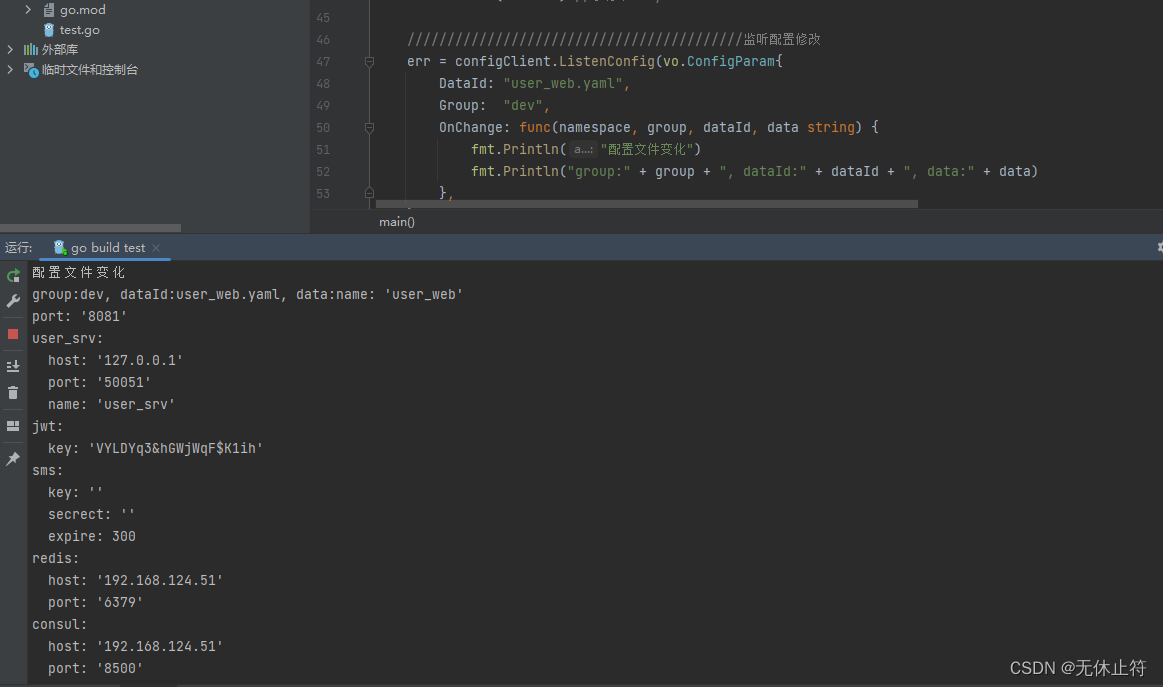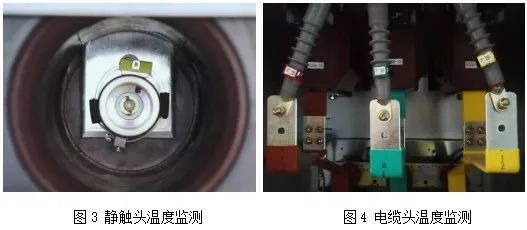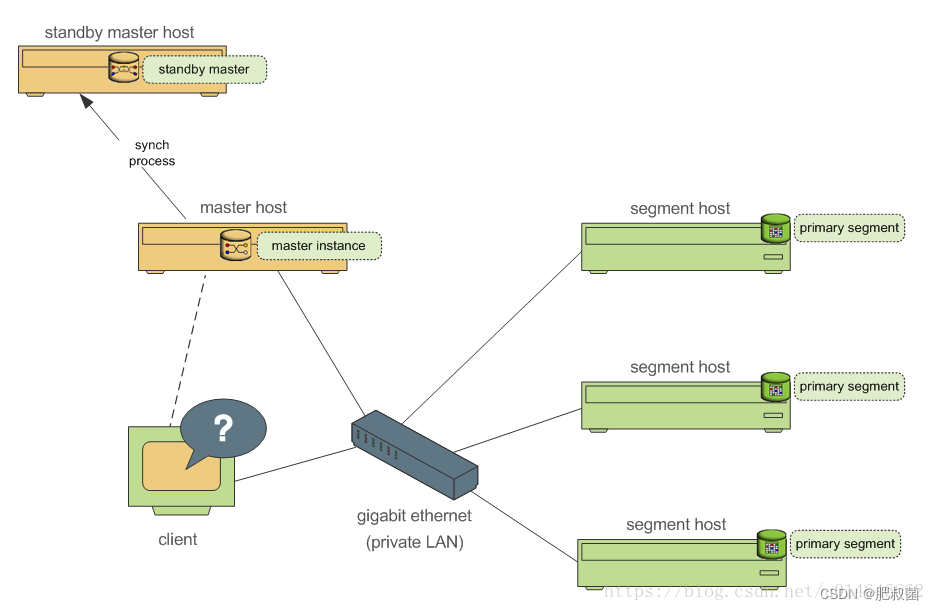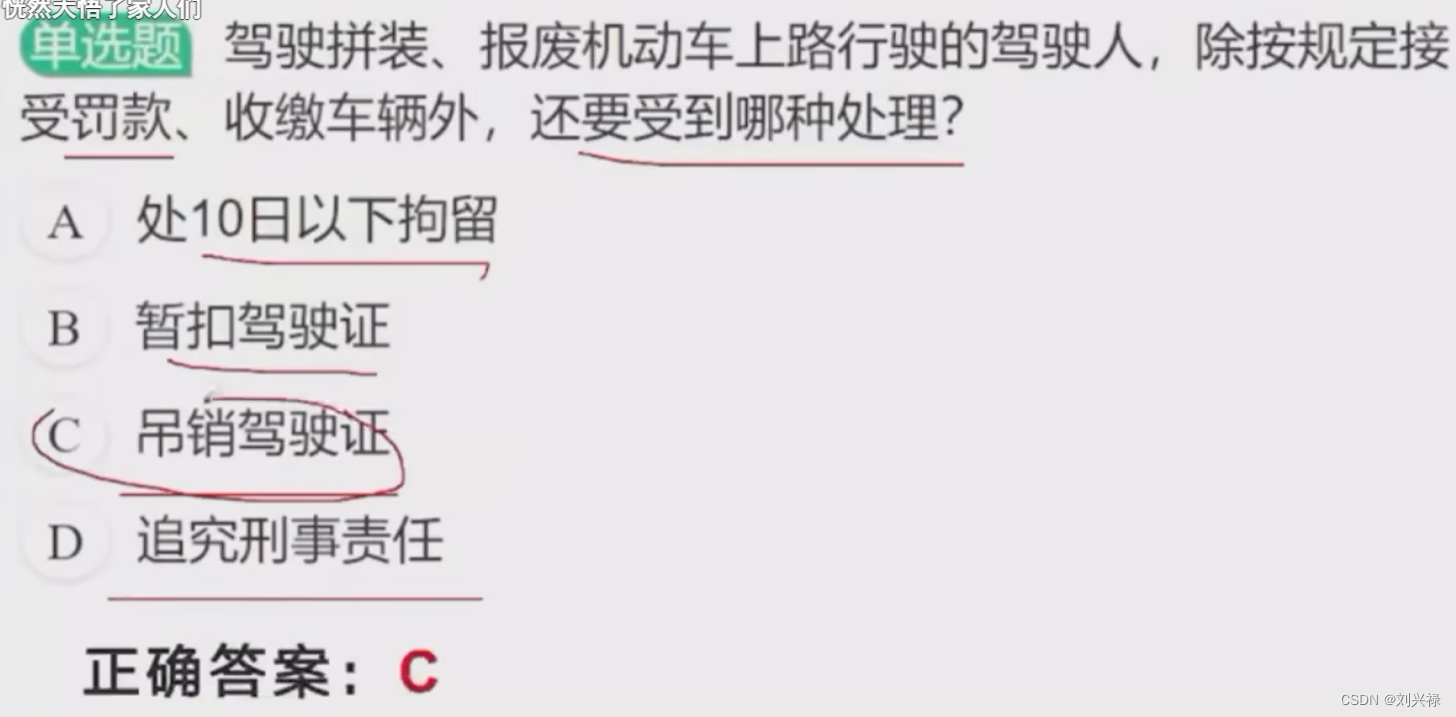当前位置:网站首页>Different operating with different locks, rounding
Different operating with different locks, rounding
2022-08-01 20:00:00 【dog studying hard】
- A read operation performed by a transaction using MVCC is called a consistent read (or snapshot read).All ordinary SELECT statements are snapshot reads under the RC (read committed) and RR (repeatable read) isolation levels. Consistent reads will not lock any records in the table, and other transactions can freely access the table.Make changes to records in
select * from table_nameselect * from table_name t1 Inner Join table_name_name t2 on t2.id = t1.id- The lock read of the shared lock, if the current transaction executes the lock read, then the S lock (shared) will be added, and other transactions can continue to obtain the S lock of these records, but cannot obtain these records.The X lock cannot directly change these records.If other transactions want to acquire the corresponding X lock, they will be blocked and wait until the current transaction's S lock is released
select * from table_name LOCK IN SHARE MODE- Exclusive lock lock read, if the statement is executed, X lock will be added to the record, other transactions cannot obtain the S lock of these records, nor can they obtain the X lock of these records, direct modification of these records is not allowed.If other transactions want to acquire the corresponding X lock or, they will be blocked until the corresponding record X lock is released after the current transaction is committed.
SELECT * FROM UPDATE - DELETE operation: The process of performing a DELETE operation on a record is actually to first locate the position of the record in the B+ tree, then acquire the X lock of this record, and then perform the DELETE Mark operation (It can be simply understood as a lock read that acquires an X lock)
- UPDATE operation: UPDATE operation on a record is divided into 3 cases
- If the key value of the record has not been modified and the storage space occupied by the updated column has not changed before and after the modification, locate in the B+ tree firstGo to the location of this record, then obtain the X lock of the record, and finally modify it at the location of the original record.(The process of locating the record to be modified in the B+ tree first, and then acquiring the X lock of the record can be regarded as a lock read that acquires the X lock)
- If the key value of the record has not been modified and the storage space occupied by at least one updated column has changed before and after modification, locate this record in the B+ tree first.The location of the record, then obtain the X lock of the record, then delete the record completely (move the record into the garbage list completely), and finally insert a new record.(First locate the record to be modified and then the position in the B+ tree, and then then acquire the X lock of the record. It can be seen as a locked read that acquires the X lock, strong>The lock on the record associated with the completely deleted record will also be transferred to the newly inserted record)
- If the key value of the record is modified, it is equivalent to performing an INSERT operation after the DELETE operation on the original record, and the locking operation needs to be performed according to the rules of DELETE and INSETR
- INSERT operation: Under normal circumstances, a newly inserted record is protected by an implicit lock, and there is no need to generate a corresponding lock structure for it in memory.
边栏推荐
猜你喜欢
随机推荐
{ValueError}Number of classes, 1, does not match size of target_names, 2. Tr
Debug一个ECC的ODP数据源
通配符 SSL/TLS 证书
不同的操作加不同的锁详解
Greenplum数据库源码分析——Standby Master操作工具分析
小数据如何学习?吉大最新《小数据学习》综述,26页pdf涵盖269页文献阐述小数据学习理论、方法与应用
【七夕特别篇】七夕已至,让爱闪耀
XSS range intermediate bypass
工作5年,测试用例都设计不好?来看看大神的用例设计总结
第55章 业务逻辑之订单、支付实体定义
解除360对默认浏览器的检测与修改
Does LabVIEW really close the COM port using VISA Close?
手撸代码,Redis发布订阅机制实现
The graphic details Eureka's caching mechanism/level 3 cache
八百客、销售易、纷享销客各行其道
第59章 ApplicationPart内置依赖注入中间件
【无标题】
【无标题】
18. Distributed configuration center nacos
mysql自增ID跳跃增长解决方案









